Solasta: Crown of the Magister takes you on a lengthy adventure through various towns, ruins, dungeons, and mage towers. Evidently, you’ll engage countless foes in battle, all while trying to manage your party of four. Here’s our beginner’s guide to help you out in Solasta: Crown of the Magister.
Note: For more information, check out our Solasta: Crown of the Magister guides and features hub. You may also take a look at our crafting/faction vendors guide and combat/stealth guide.
Solasta: Crown of the Magister – Beginner’s guide and starter tips
Creating your characters and building your party
Solasta: Crown of the Magister requires you to have a party of four characters. You can choose the pre-generated or premade characters that are already in the system, or you can create your own warriors from scratch. Ideally, you should have at least one character who can tank the hits, another who can provide healing, and a couple who are reliable damage dealers. Likewise, you’ll want peeps who are good with lockpicking and crafting.
In my case, my party was comprised of a Human Paladin (Oath of Tirmar), a Hill Dwarf Cleric (Law), a High Elf Wizard (Shock Arcanist), and a Sylvan Elf Ranger (Hunter). The two elves and the dwarf were actually very instrumental since they have Darkvision (I’ll explain a bit more in our combat guide).
Apart from spells, proficiencies, classes, and the like, you may also select a character’s personality type. These don’t necessarily pigeonhole you into a particular alignment (i.e., Lawful Neutral), and you won’t experience something akin to companions leaving if they don’t like your actions. Simply put, personalities will just govern a character’s disposition when speaking or during idle banter.
Lastly, do take note of the stats/attributes such as strength, dexterity, constitution, and the like. The game will even inform you which stats are best for a certain class. You can either use dice rolls or manually assign points. There’s even a small box that you can tick if you wish to max out the entire stat line.
Note: We’ll discuss more in our character creation guide, as well as our class guides for the Cleric, Paladin, Ranger, and Wizard.
Managing your inventory space
Your characters in Solasta: Crown of the Magister can carry a ton of items. However, if you’ve got Authentic difficulty selected, then the Solasta variant of encumbrance applies. Simply put, carry weight is determined by your strength stat. Characters will be lightly encumbered once they’re lugging around a total weight that’s five times their strength stat, and heavily encumbered at 10 times that value. Being heavily encumbered lowers your movement range, and you suffer penalties to strength, dexterity, and constitution rolls.
If you wish to avoid issues, then you can use the three chests in your main hub/town, Caer Cyflen, to stash some of the stuff you want to keep around. The chests are near the Scavenger and vendor NPCs. Try to sell the stuff you don’t need, such as extra pieces of generic weapons and armor. However, do read an item’s description since you don’t want to sell primed items and crafting materials. Later on, you should be able to find or buy better backpacks such as the Handy Haversack or Bag of Holding, making carry weight moot.
Identifying items and magical properties
It’s very likely that you’ll pick up countless loot drops as you explore the world of Solasta: Crown of the Magister. Some of these items might have magical properties or they are unknown to you (they have a question mark icon).
You can use spells like “Detect Magic” or “Identify” to help you ascertain if a gear piece is valuable. Alternatively, you can talk to the magic vendor in Caer Cyflen who’ll do these things for a price (sort of like the game’s own version of Deckard Cain).
Attunement
Speaking of special items, there are some extremely rare finds that you’ll stumble upon as you progress in the game. These items might require attunement (noted by a tooltip) before you can obtain their buffs.
To attune an item, simply do a long or short rest, then select a character who will have an item attuned to them. Each character is limited to three total attuned items, and you may only attune one item per rest period. Likewise, you can freely attune an item so a different character can use it.
Why does my character have a beard?
Let’s say you created a clean-shaven dude, or maybe a dudette. You might be surprised when they suddenly grow a beard. Well, don’t fret because this isn’t a bug.
It’s actually an effect from an item called the Belt of Dwarvenkind. There’s a 50% chance that a character who has it equipped and attuned would grow a beard. If you don’t like the look, simply unequip the item and do a long rest to remove the effect.
Long rests and short rests
You can do a long rest in taverns/inns, campsites, or while fast traveling on the world map. Long rests do require food, such as rations purchased from vendors or obtained as drops. Alternatively, you can cast spells that create meals like Conjure Food (Paladins and Clerics) or Goodberry (Ranger).
Based on Solasta: Crown of the Magister‘s main quests, you’re not under any time constraints at all. As such, you can abuse the long rest action as often as you’d like to get these benefits:
- Fully replenish your health.
- Refresh your expended spell slots.
- Level up and prepare spells (i.e., select the ones that are active).
- Let hours/days pass by in case you need to finish crafting an item or because it’s required by a quest step.
Note: A short rest, activated by clicking a button at the lower-right corner of the HUD, lets an hour of in-game time elapse. You’ll need a dice roll to heal and most spell slots aren’t automatically replenished (unless you’re a Wizard who has Arcane Recovery). Still, you’ll be able to attune items similar to doing a long rest.
Fast travel
After leaving Caer Cyflen (or any destination), you’ll see Solasta: Crown of the Magister‘s world map. If you click on a destination, you’ll be able to travel there. You’ll also notice various settings in the fast travel panel as well as those in the game settings menu. These options involve speeding up the process, removing random encounters, stopping the action when something has been crafted, and so on.
Fast traveling on the world map can take several days which means several long rest periods that require food. Still, characters might automatically forage for food as you’re traveling.
Note 1: If random encounters are enabled, you could end up battling various mobs. There are times when your party is prepared for them, and instances when you’d get surprised. If you’re fighting just before a long rest is completed, just pour all the damage you can since finishing the long rest will refresh your abilities.
Note 2: Fast travel is also possible when you’re in dungeons or towns provided that you’ve discovered a waypoint. Lastly, you might stumble upon “major gates” that let you teleport back to Caer Cyflen.
Saving often and the point of no return
Remember to save as often as possible. You can even save (or use the quicksave keybind) during battles.
Lastly, I’d like to talk about the finale of Solasta: Crown of the Magister. Without spoiling too much, this quest is called “No Way Back!” and the quest’s description even warns you that this will begin the game’s final chapter. You’re tasked with the following:
- Speaking to the Council.
- Talking to a specific NPC.
- Speaking to the Council once more.
Make sure you have a save prior to speaking to the Council for the first time as this is the actual point of no return. Although the second time you talk to the Council has a similar description/tooltip, you’ll already be locked straight until you finish the campaign.
Note: In any case, since we’ve discussed various mechanics, you can also read our guides for crafting/faction reputation and combat/stealth.
Solasta: Crown of the Magister is available via Steam. For more information, check out our guides and features hub.

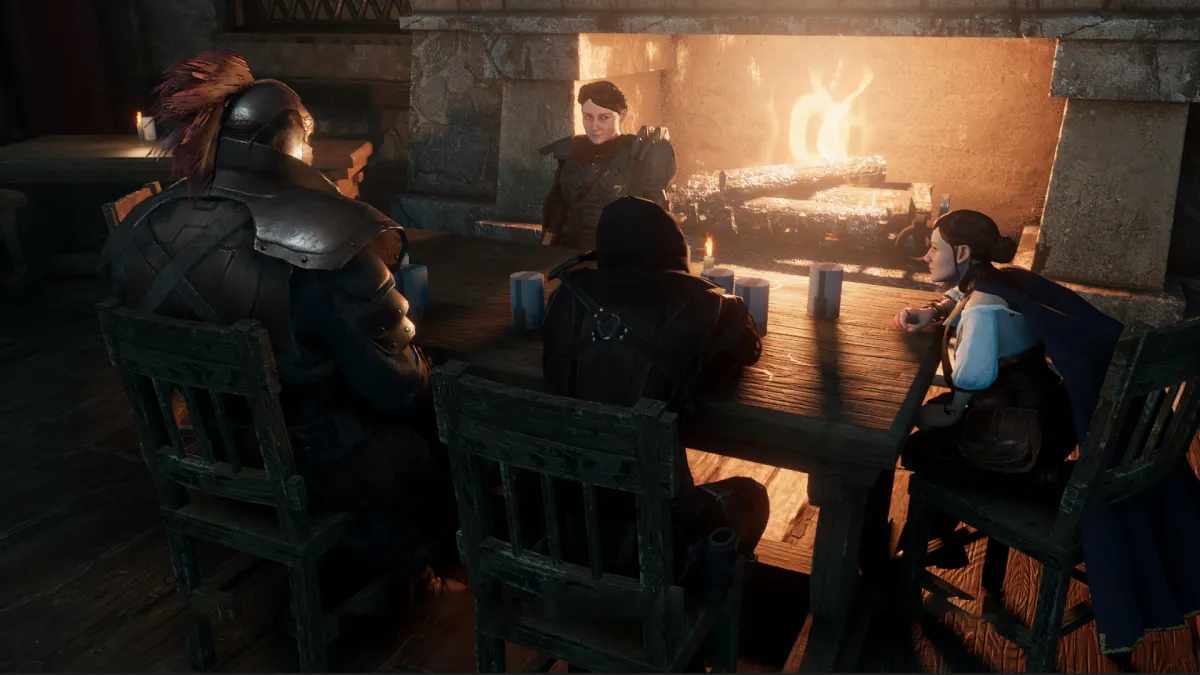
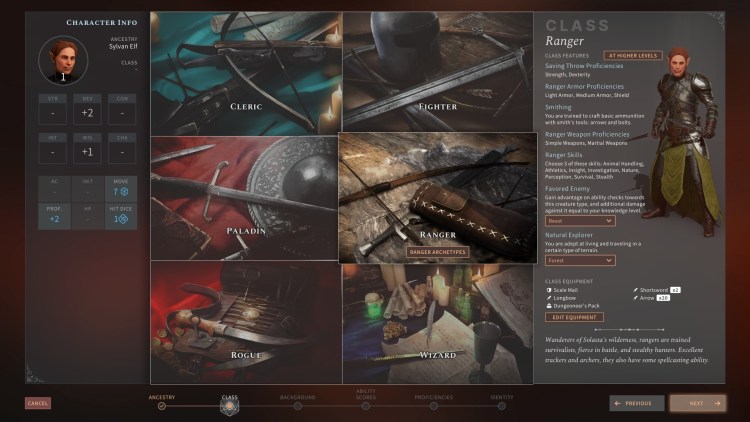
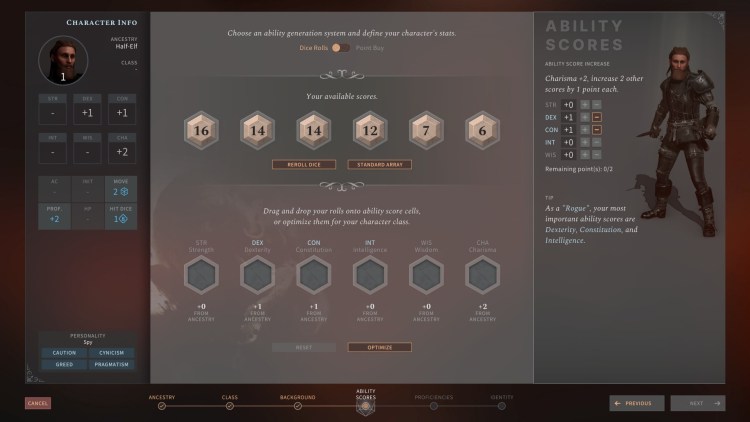
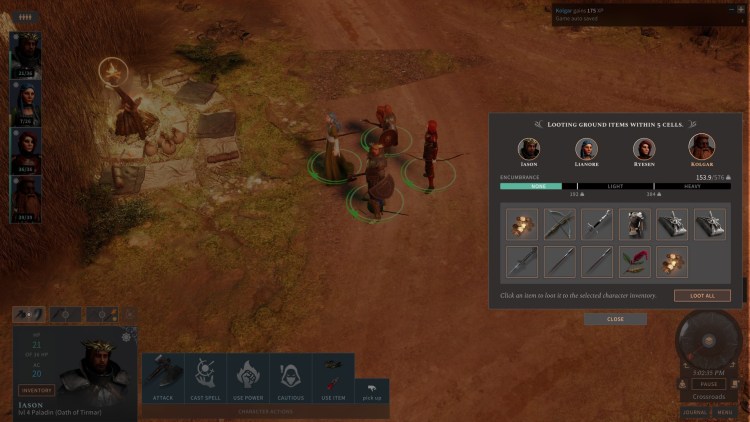
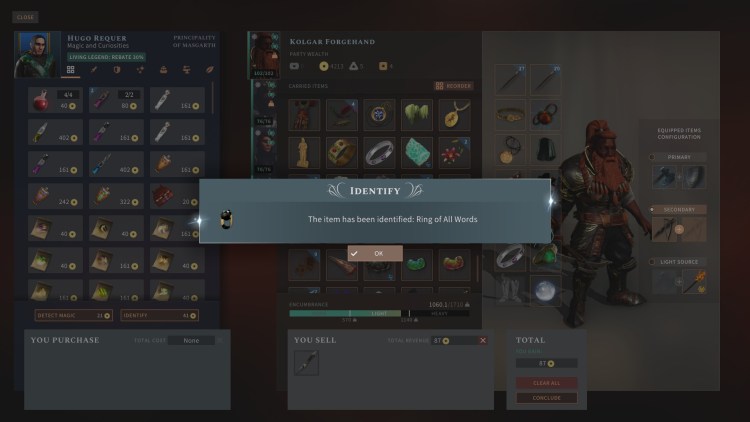
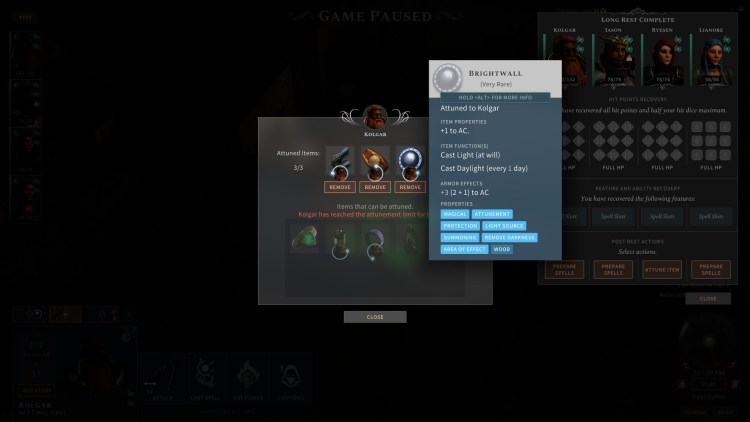
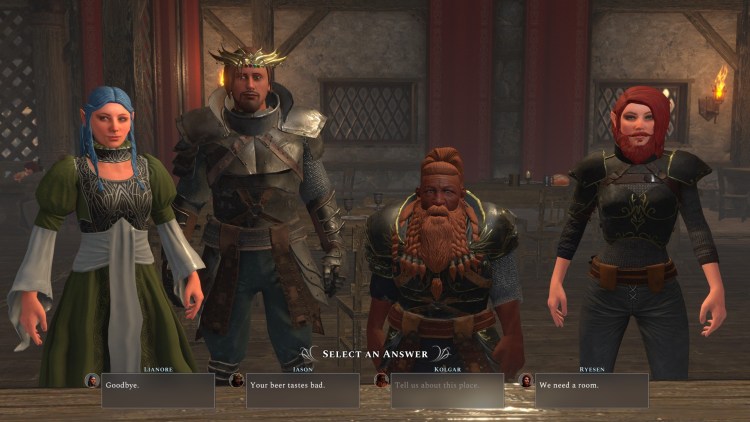
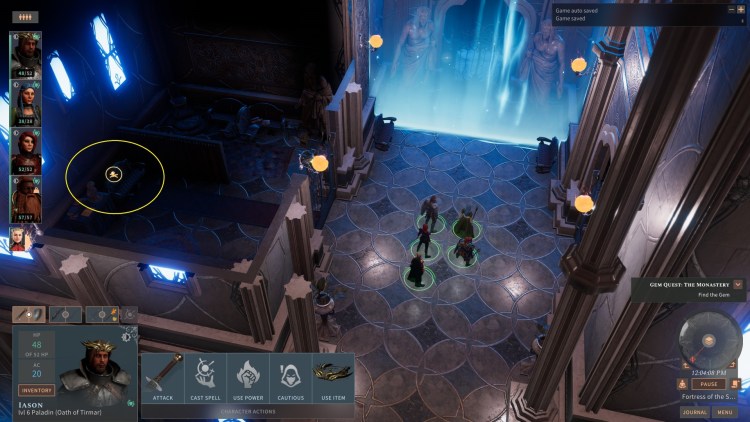
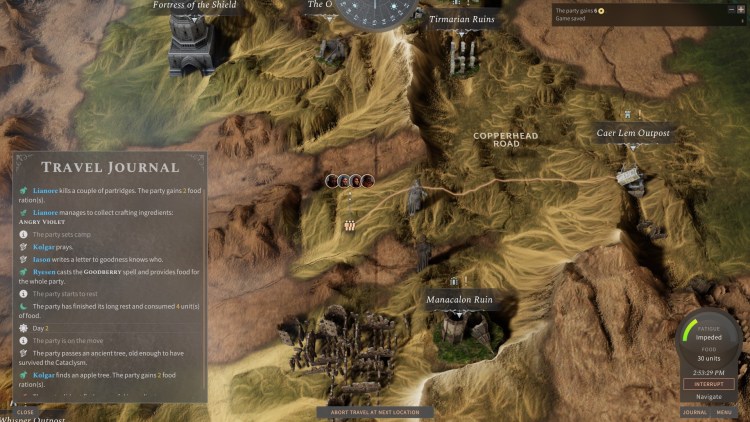
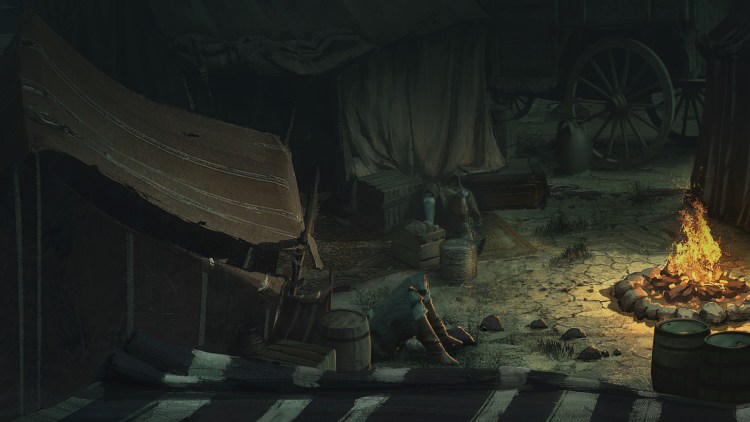




Published: May 27, 2021 12:15 AM UTC